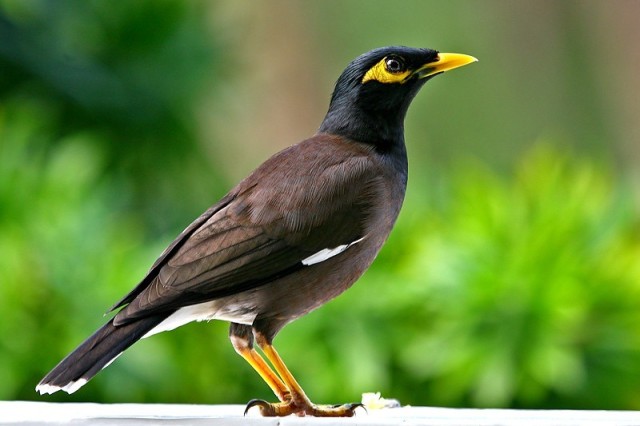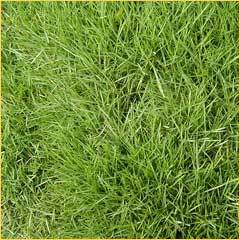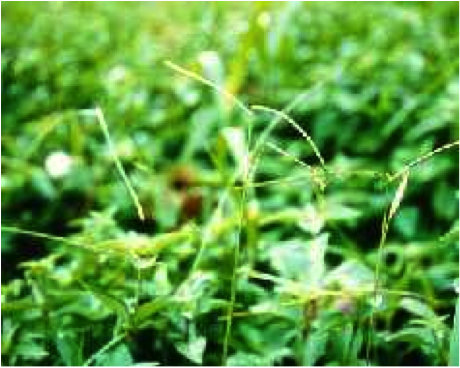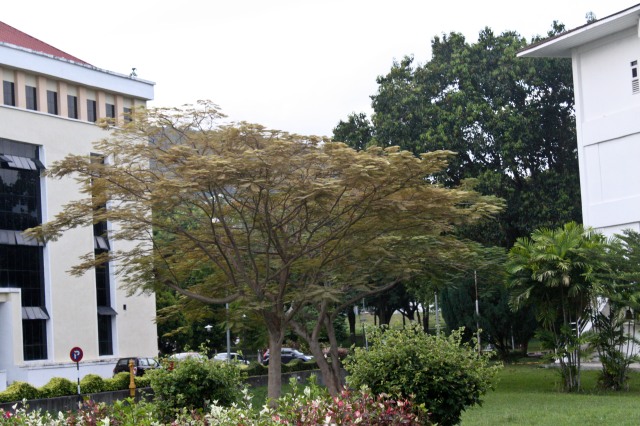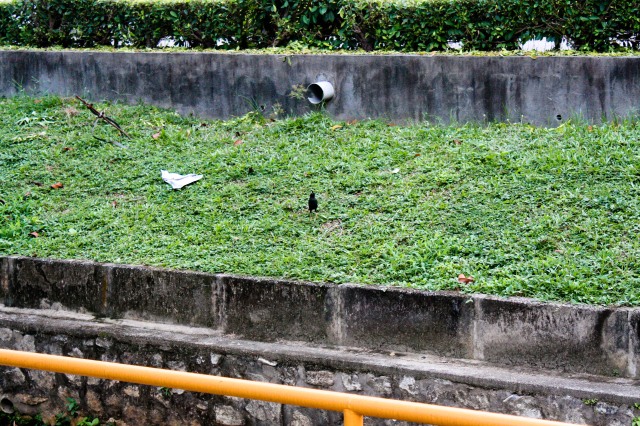 Scientific Name: Acridotheres tristis
Scientific Name: Acridotheres tristis
Common Name: Common Mynah / Burung Tiong Gembala Kerbau
Mynas build their nests in any covered nook or cranny that will hold large pile of leaves, twigs, paper and other materials such as holes in trees or buildings, air-conditioners, water drainpipes, open-ended steel rafters, narrow ledges, traffic lights, palm trees.
Clutch of 2 to 5 eggs, blue to blue-green. Begin laying in March end in late July. Nestling period about 30 days (Berger 1972)
Like most starlings, the Common Myna is omnivorous. It feeds on insects and fruits and discarded waste from human habitation. It forages on the ground among grass for insects.
These birds are capable of mimicking human words and are often kept as pets in their native India. They travel in pairs. Common Mynas are popular as cage birds for their singing and “speaking” abilities.
The 106 species of the starling family are of Old world The Eastern hemisphere; Australia, Africa, Eurasia and associated lands. origin and distribution, mainly in the Ethiopian and oriental regions. As a group, starlings are jaunty, active birds with straight or slightly down-curved bills. They have strong, stout legs and feet, and they walk cockily with a waddling gait. Their flight is strong and direct, and their pointed wings have 10 primaries, the outermost one greatly shortened.
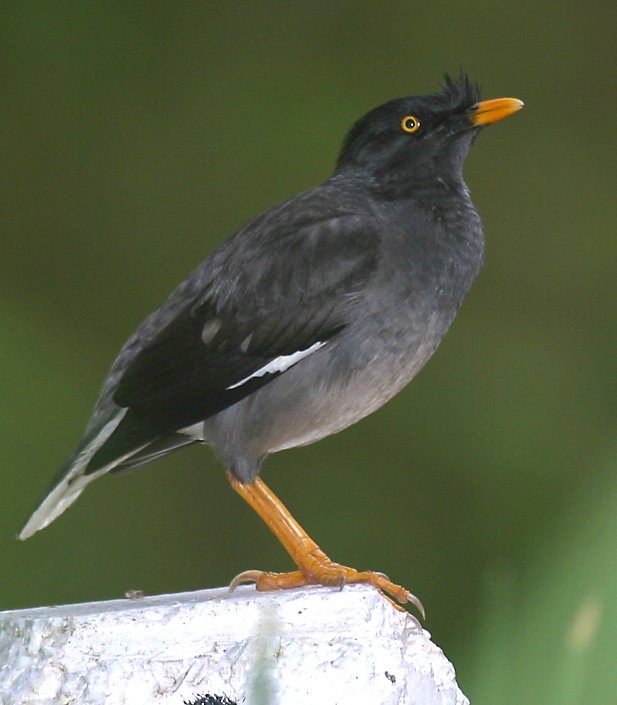 Distribution
Distribution
Originally starlings were confined mostly to Africa and southeastern Asia. They were brought to Australia and America by man.
Behavior
Most starlings are gregarious, some of them highly so. The temperate zone species are migratory, and usually travel and winter in flocks. They often gather in large numbers to roost at night.
Starlings are among the fastest flying birds. After a few wing beats they do not close their wings, but keep them spread out so as to glide. Collective flights are a characteristic feature of starling behavior. A gathering of thousands of starlings before sunset performing aerial maneuvers is an impressive sight.
Diet
The basic diet for Starlings is fruit and insects. They are also known to eat small fish, small birds, and small lizards.
Reproduction and growth
Nesting habits vary in the starling family, but in most species the pair bond is strong and both sexes share nesting duties. Starlings usually lay 3-5 clear blue-green eggs. Occasionally the eggs have brown spots as in the Hill mynah. Most are cavity nesters and build their nests in holes in trees. Those associated with mankind use sites in buildings, behind shutters, under eaves, or on any projecting ledge.
The eggs are incubated by both parents for 11-14 days. The young stay in the nest for almost three weeks, leaving it only when they are fully fledged. A young bird that has grown it’s first set of flight feathers, which enables it to fly from the nest.
Magpie starling:
The Magpie starling is bluish-black with white lower parts and a white wing speculum. The female has a gray head. It breeds from southern Ethiopia to Kenya, generally in holes in termite nests.

